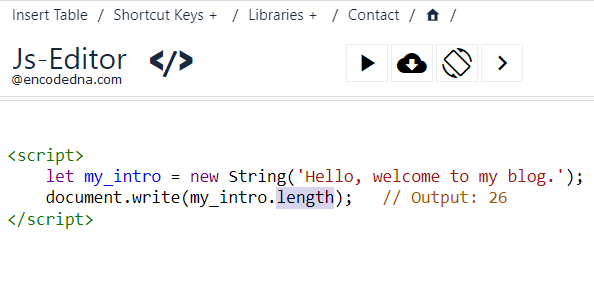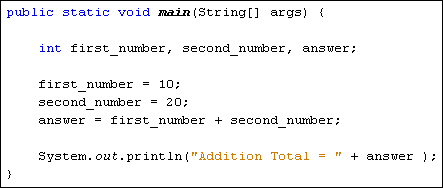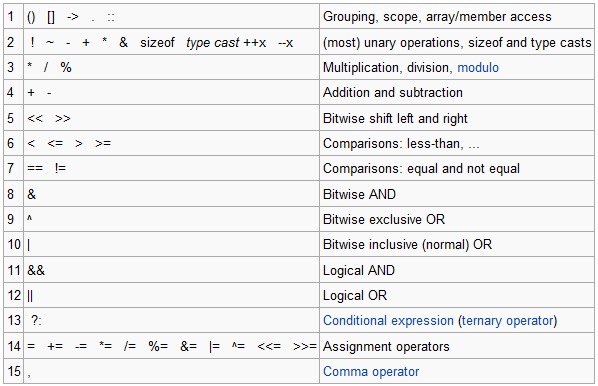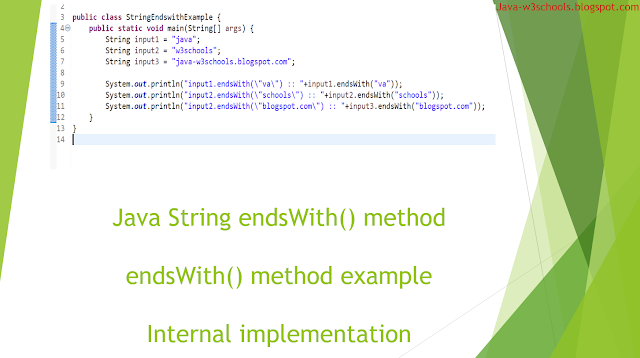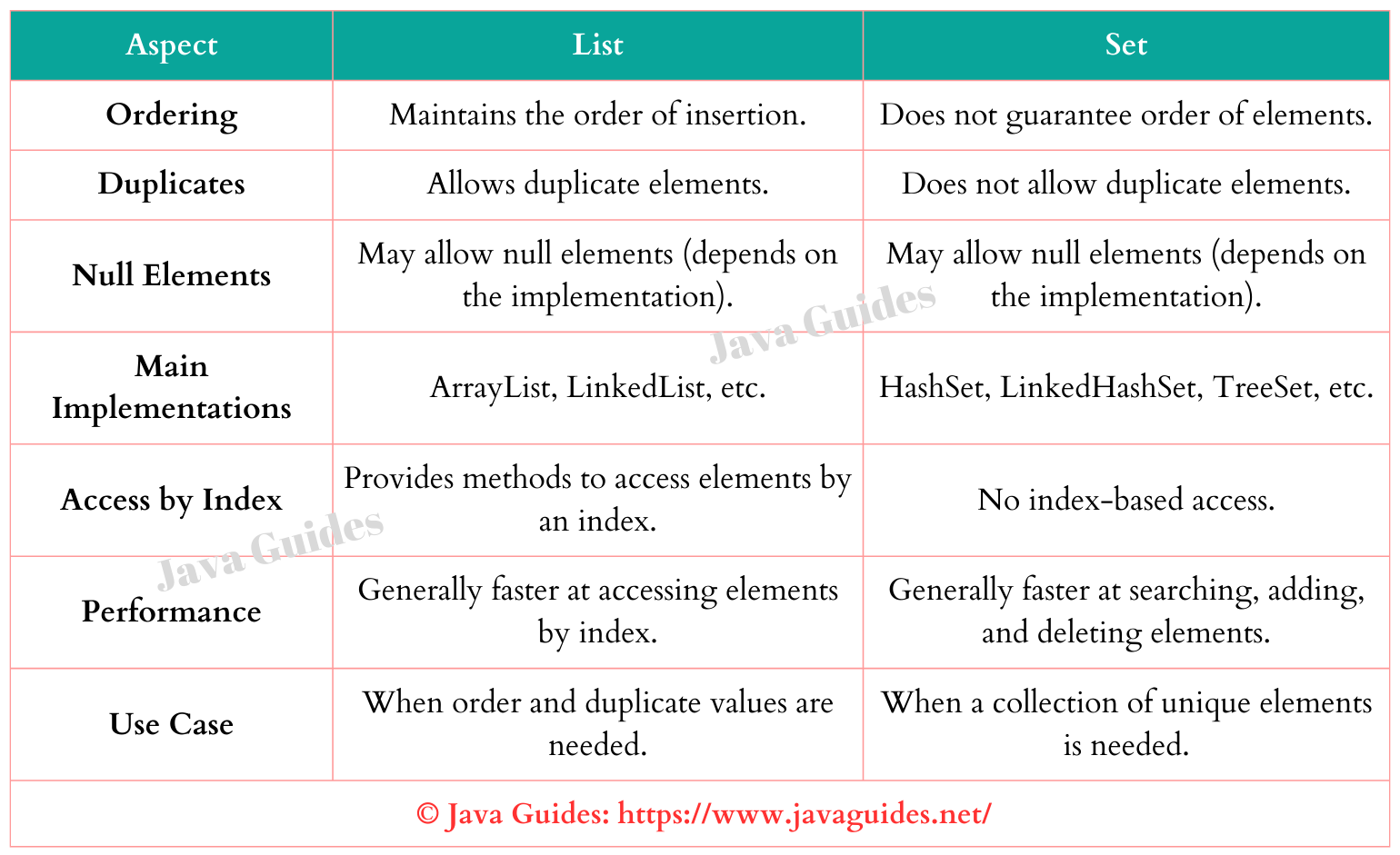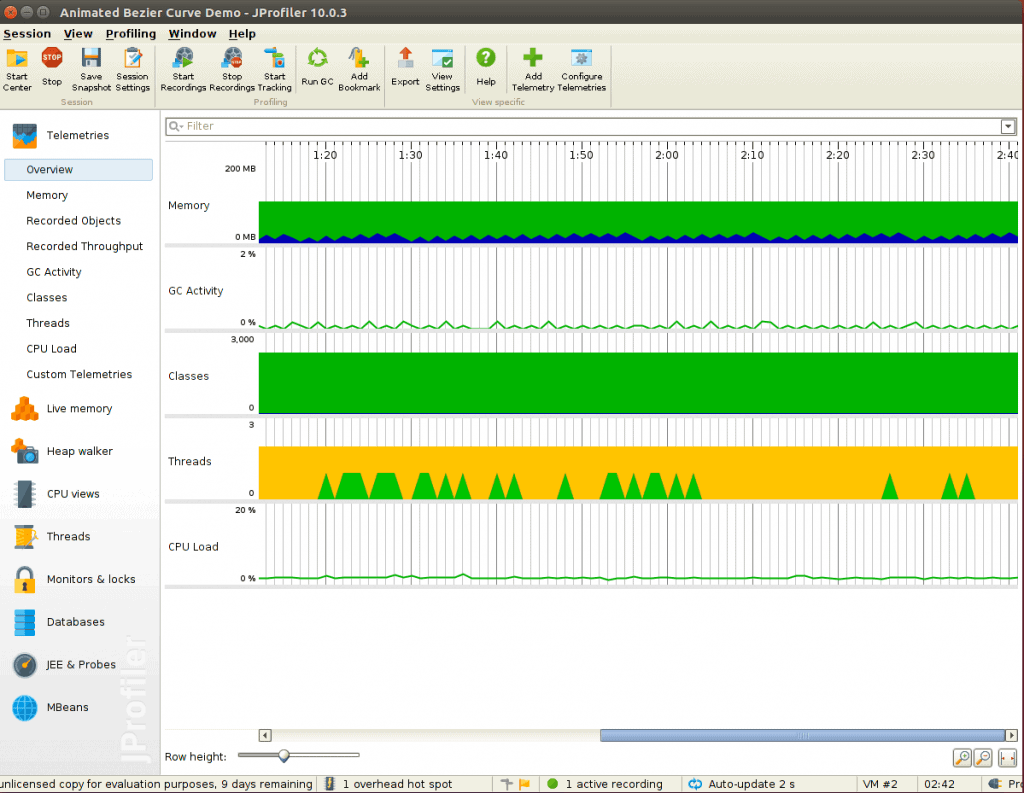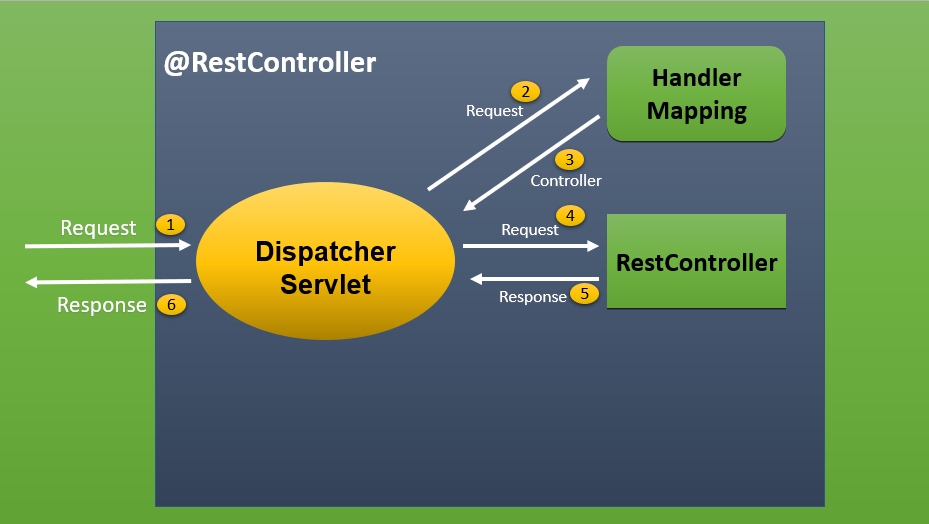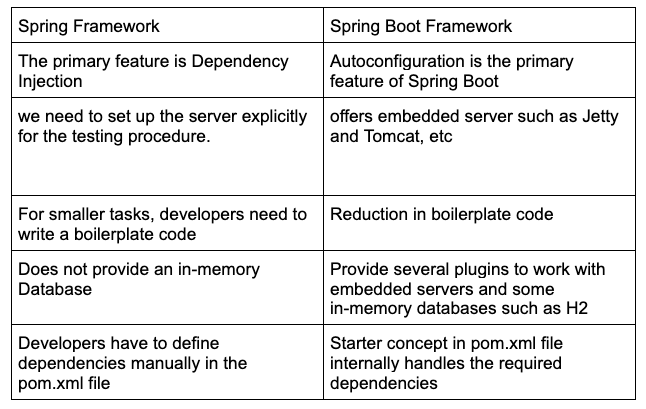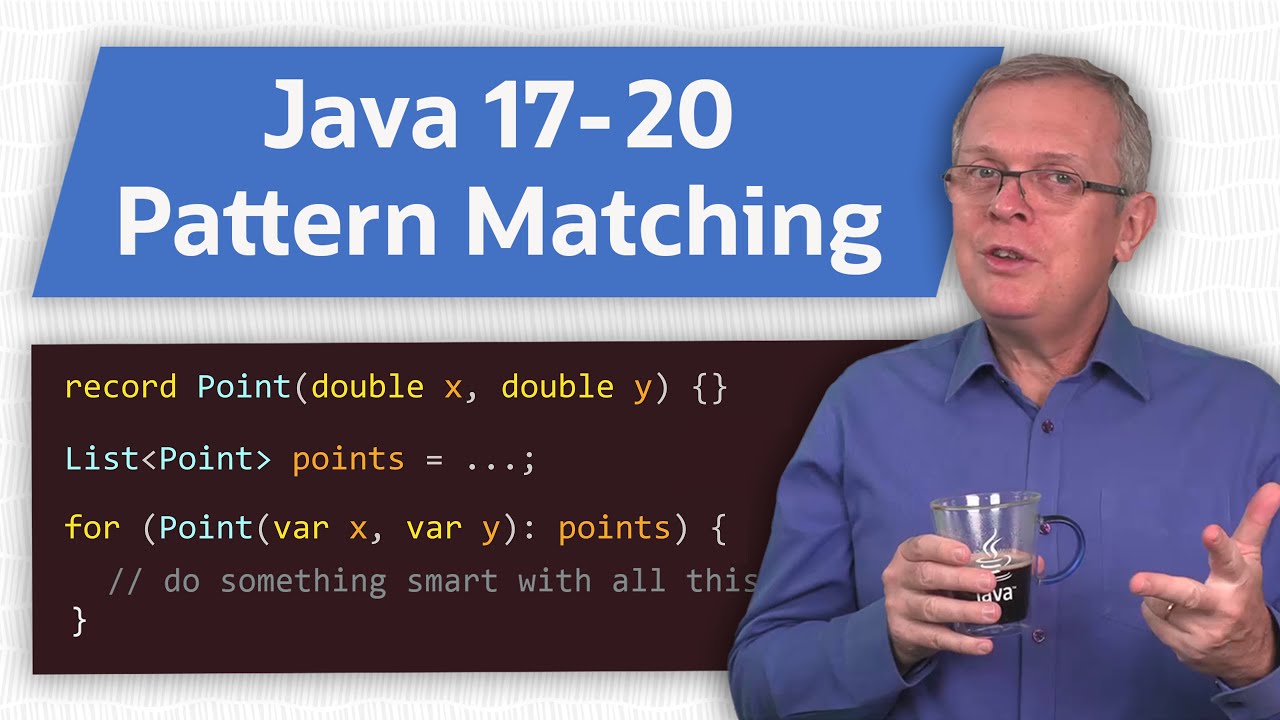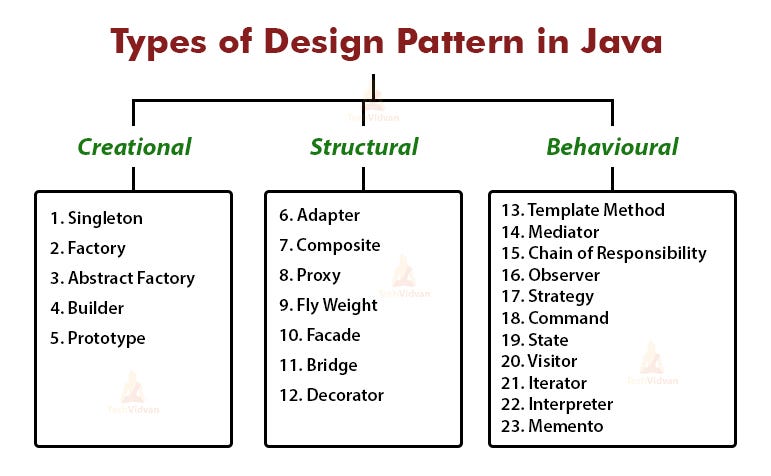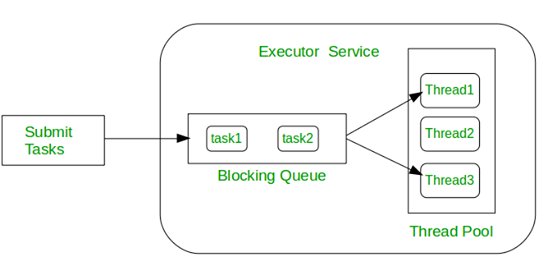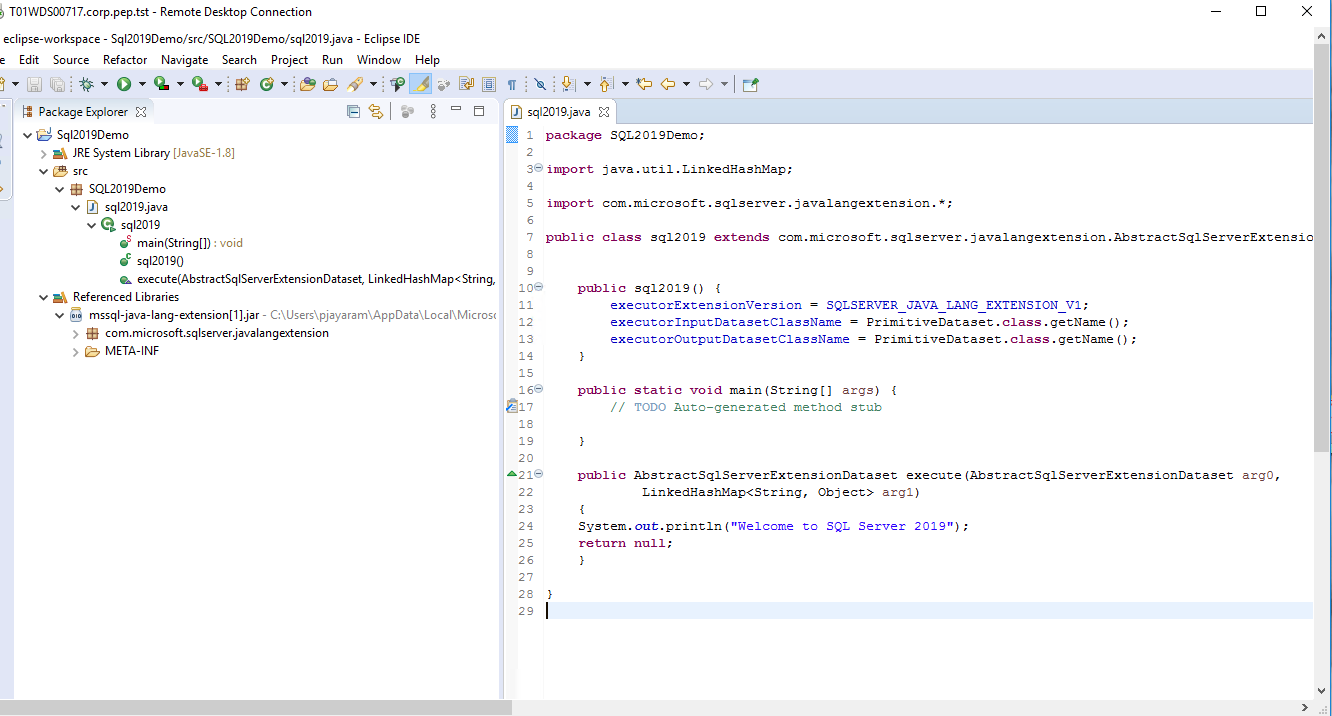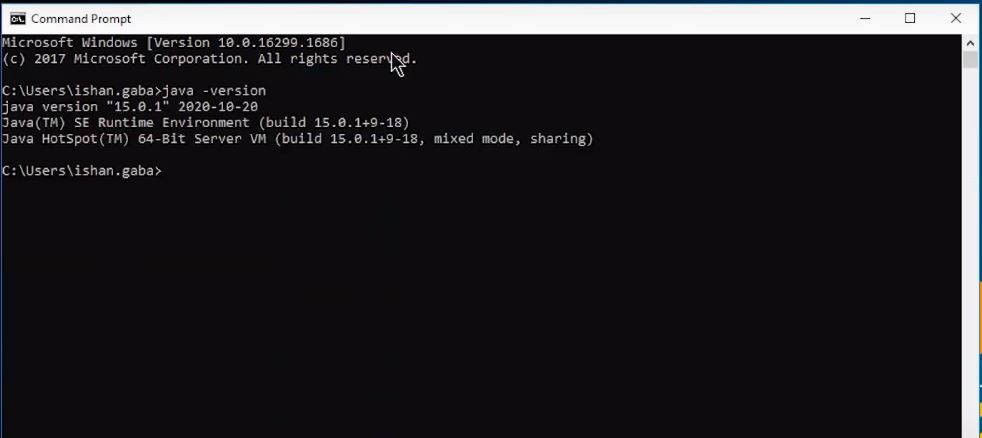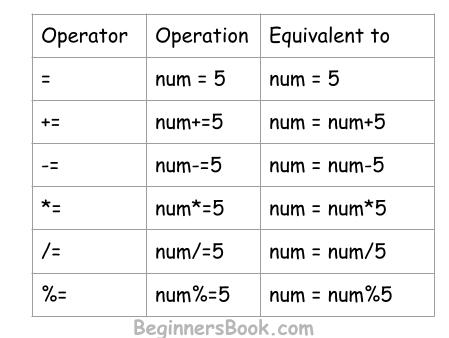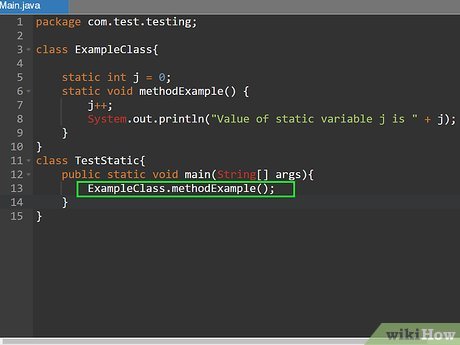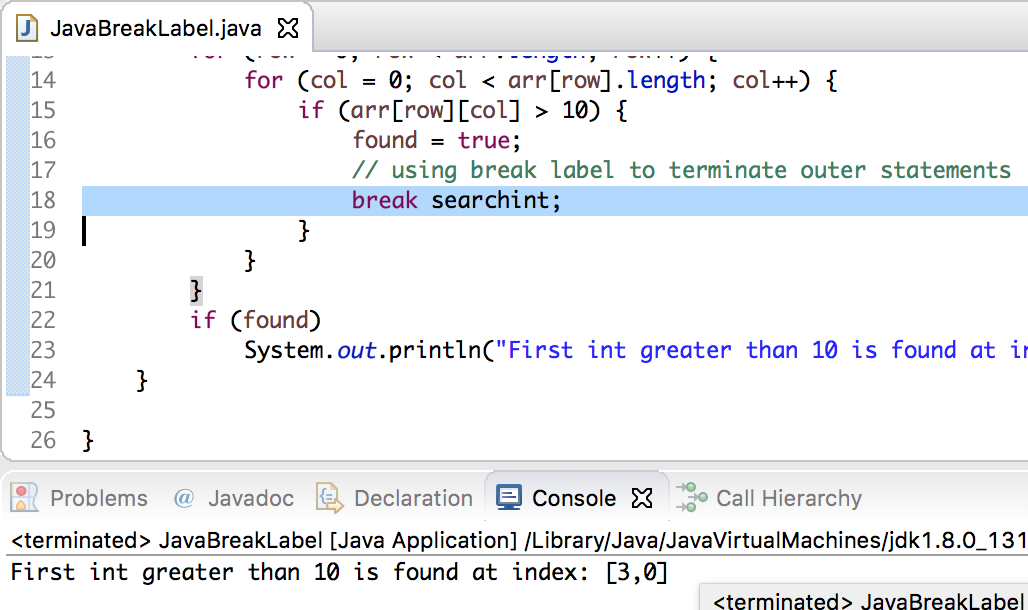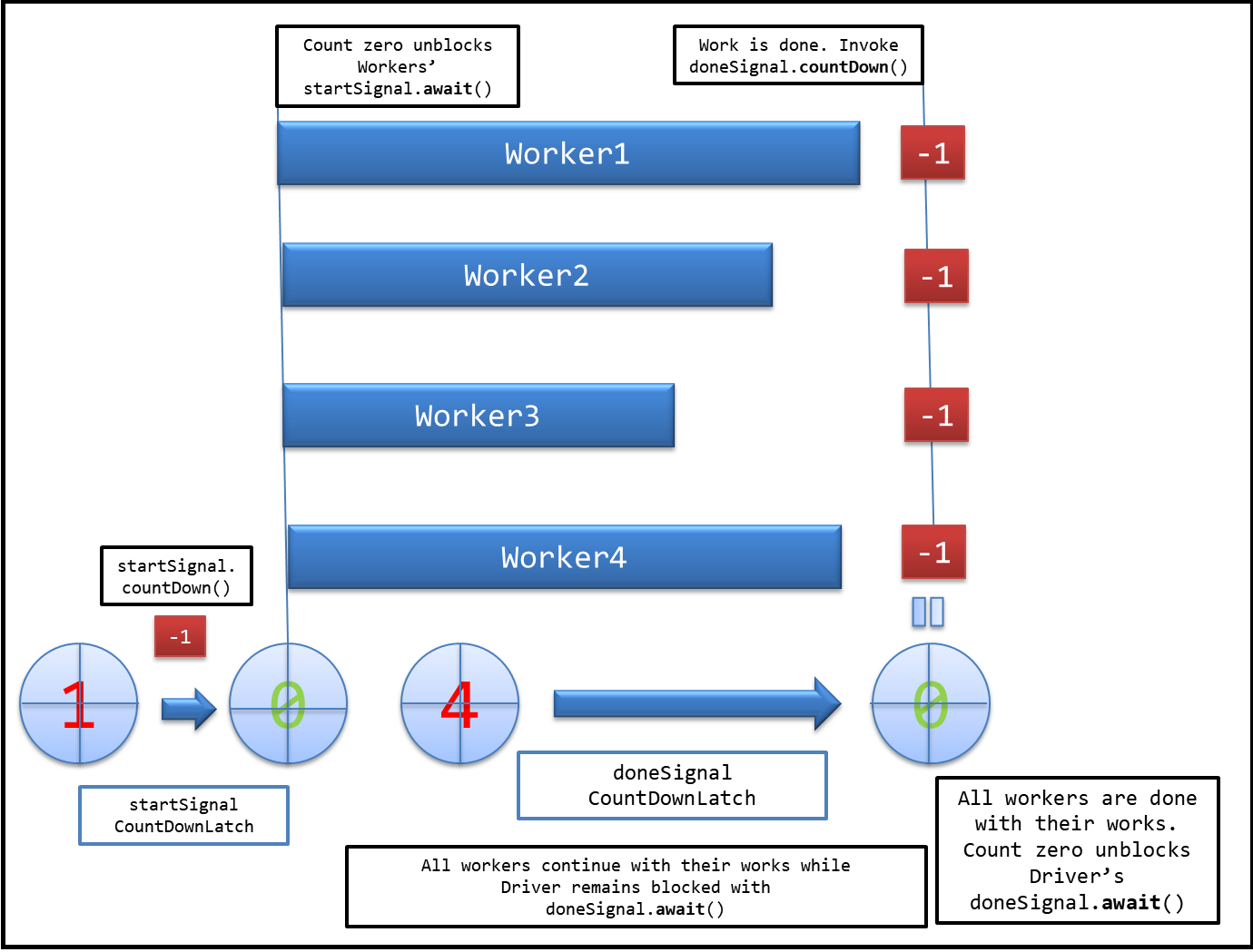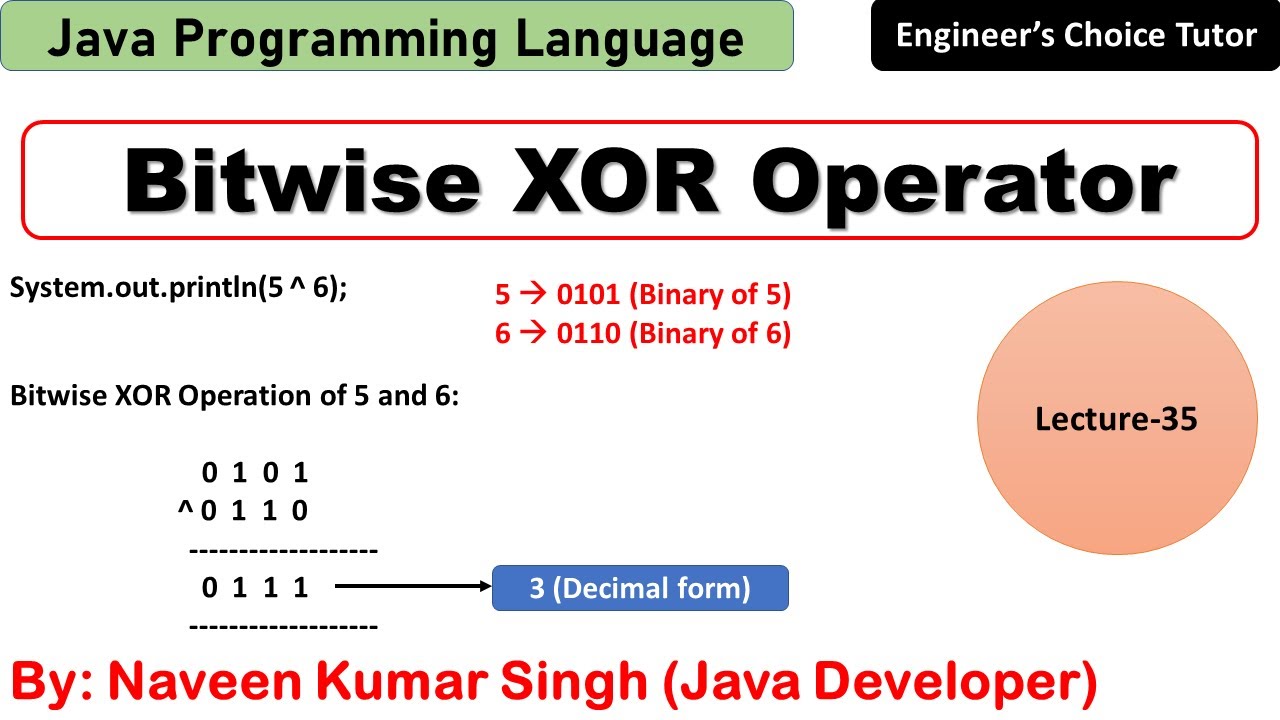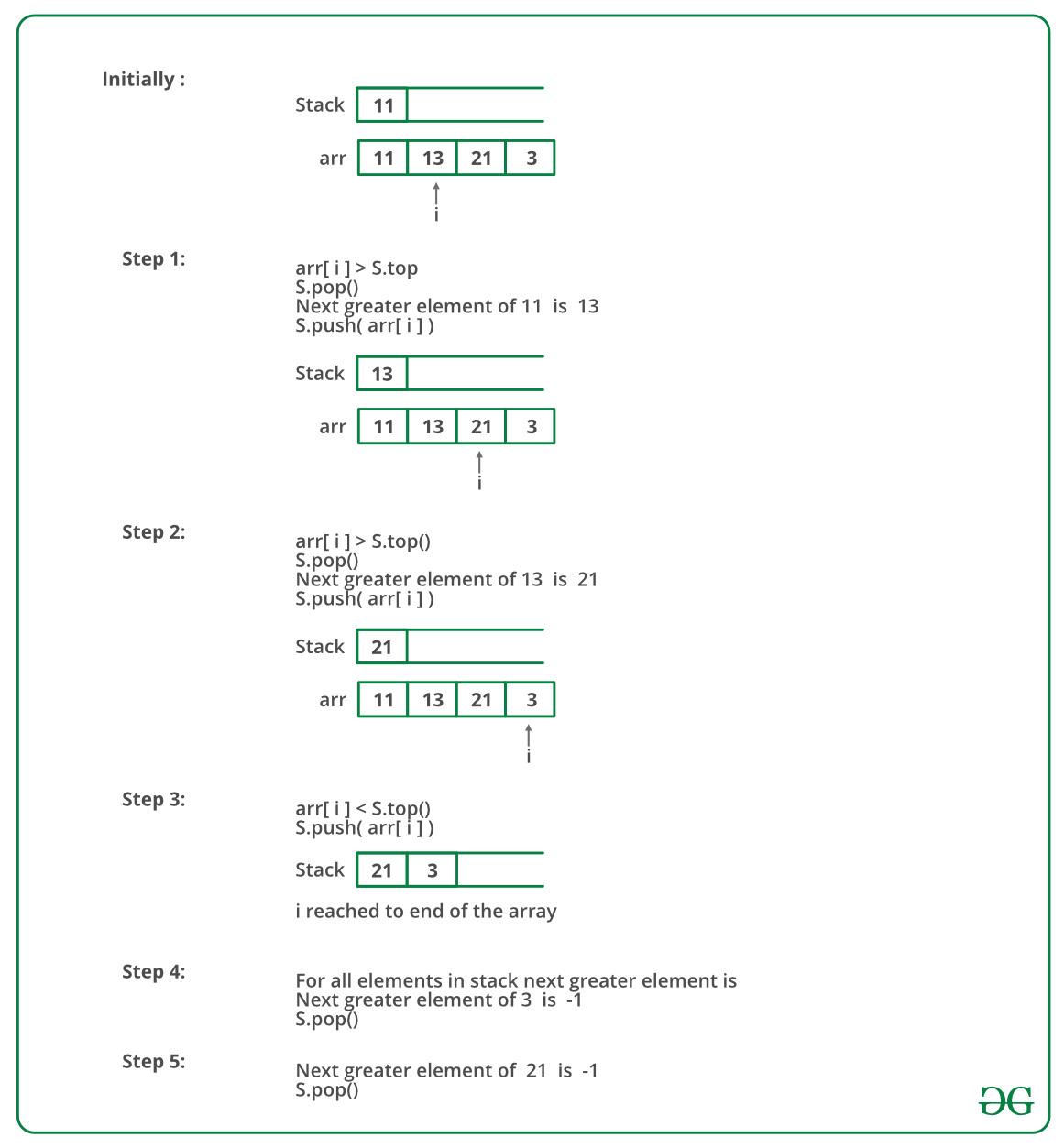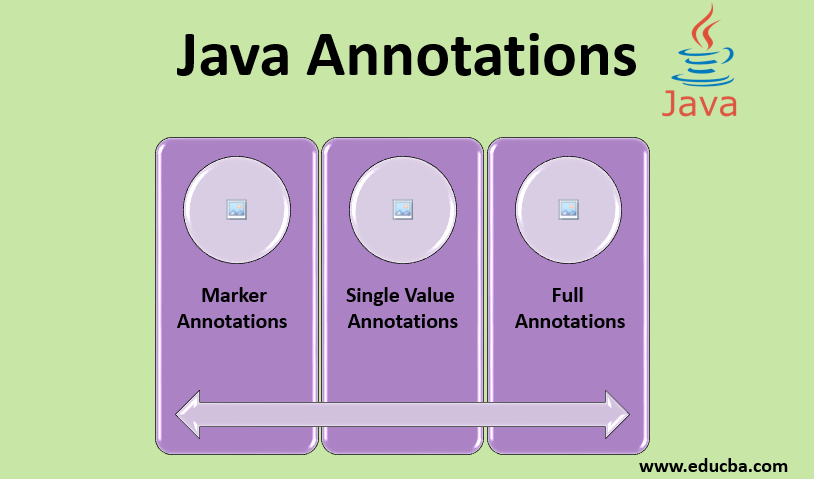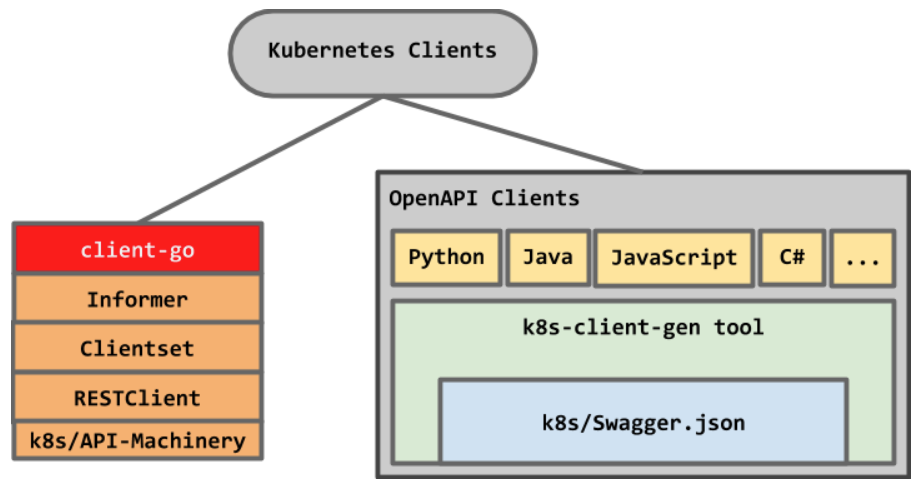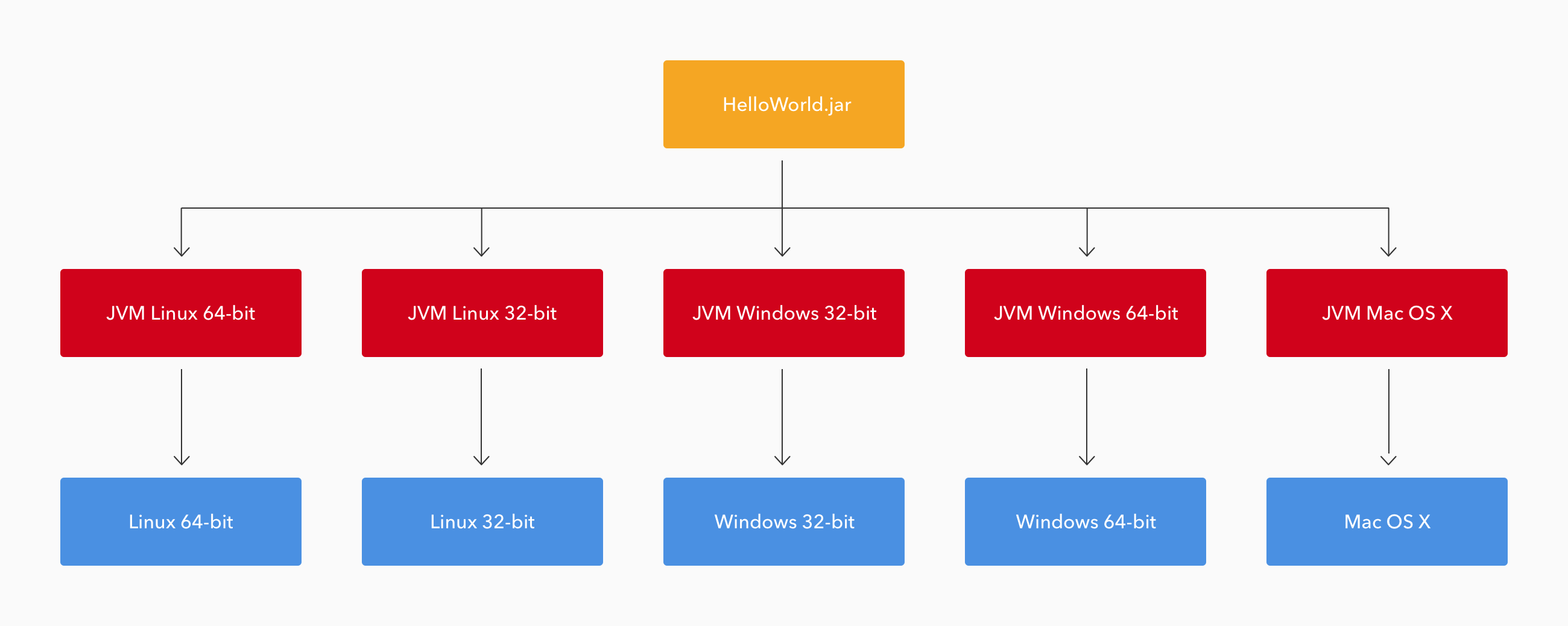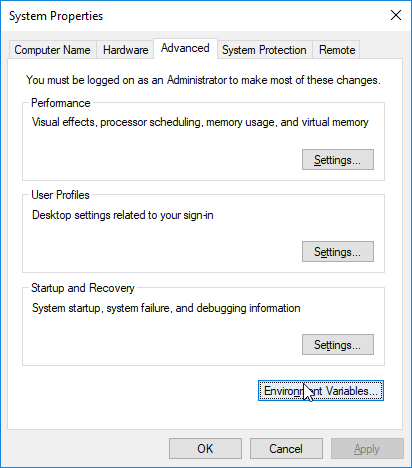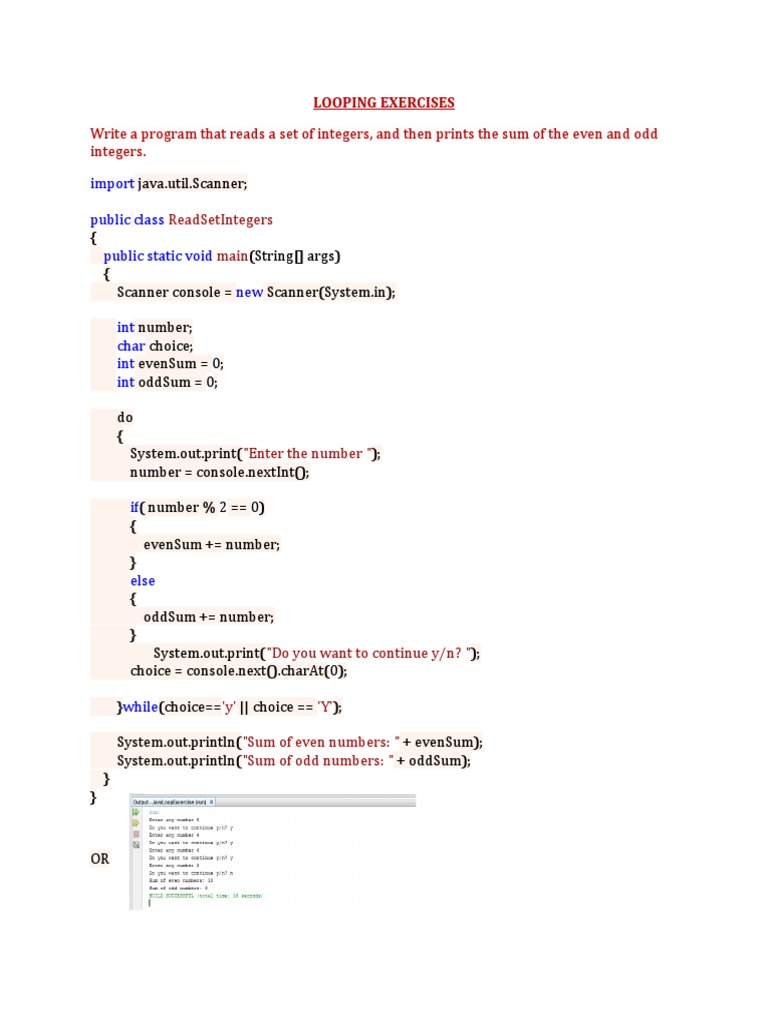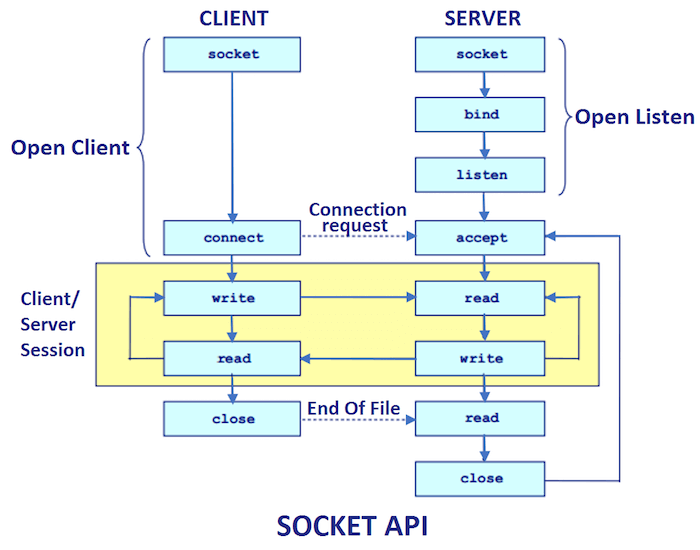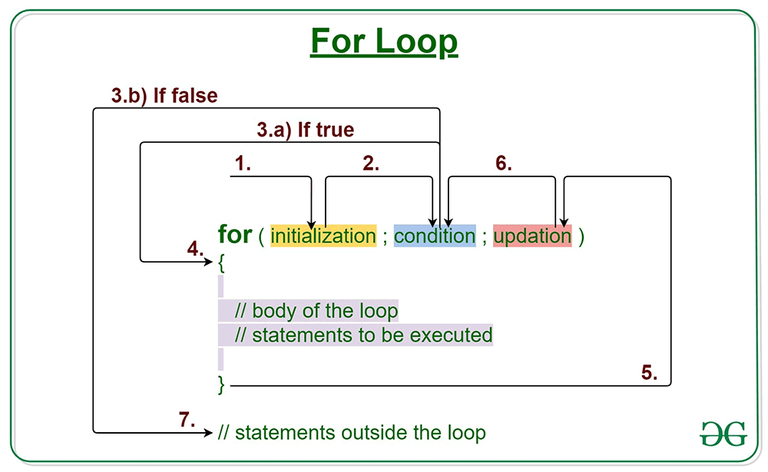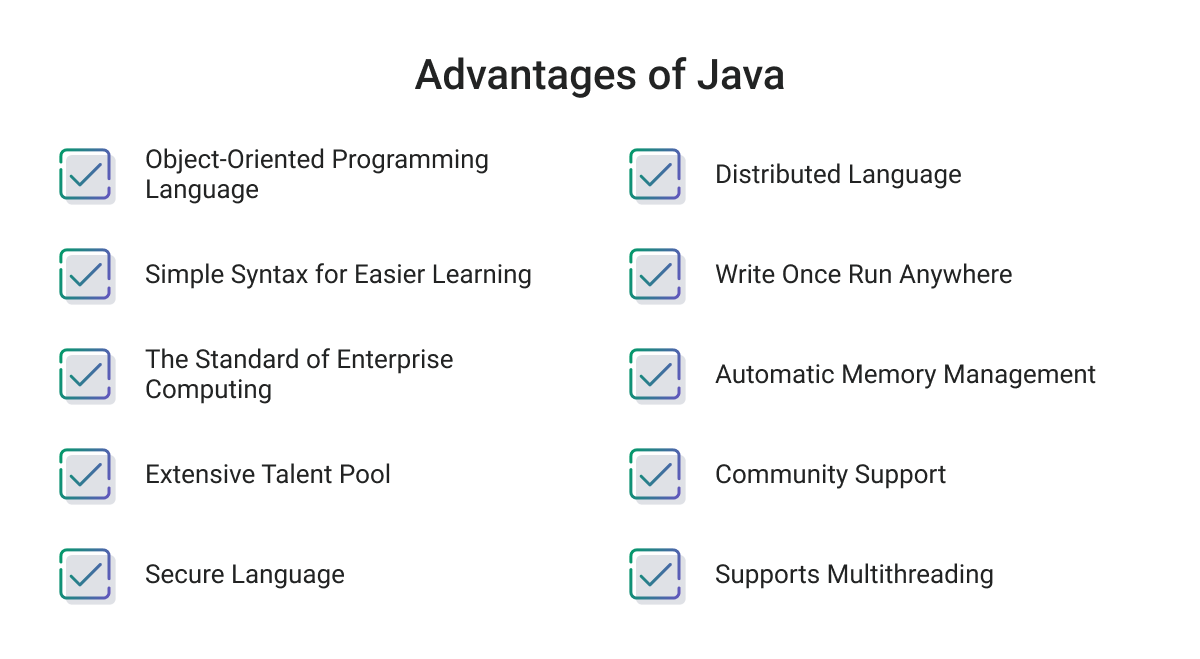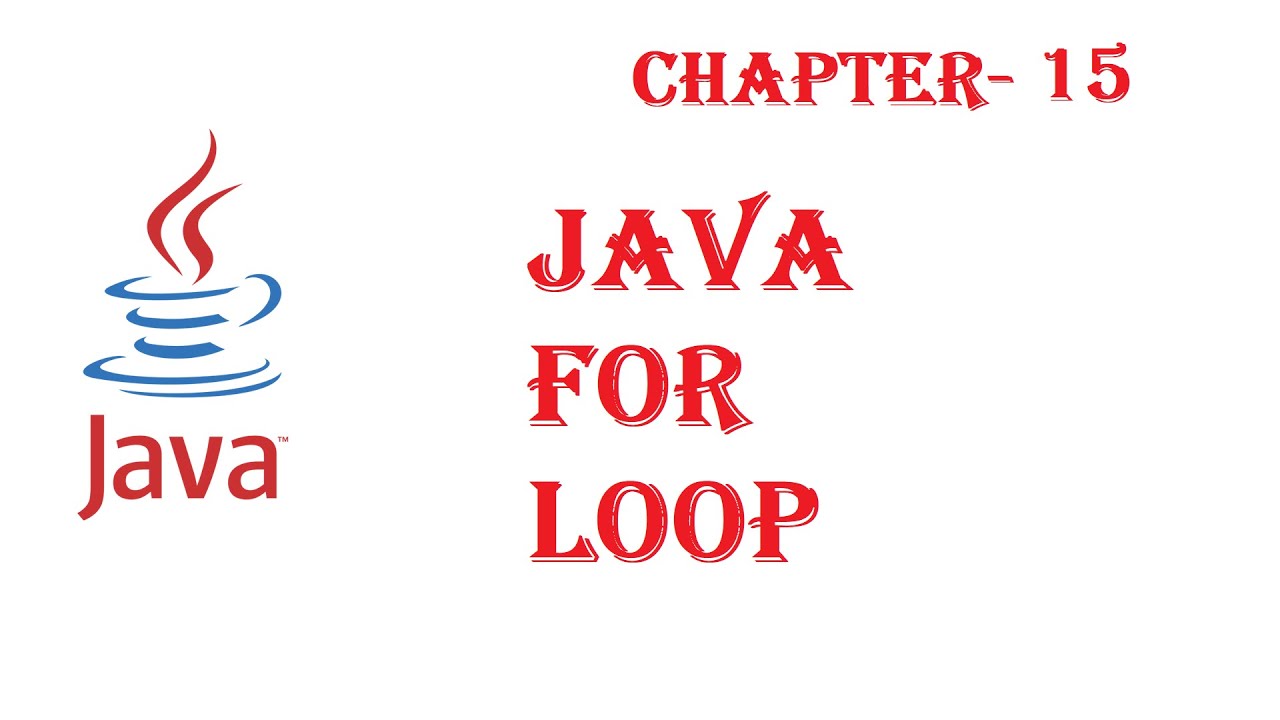CompletableFuture Java 11
CompletableFuture Java 11
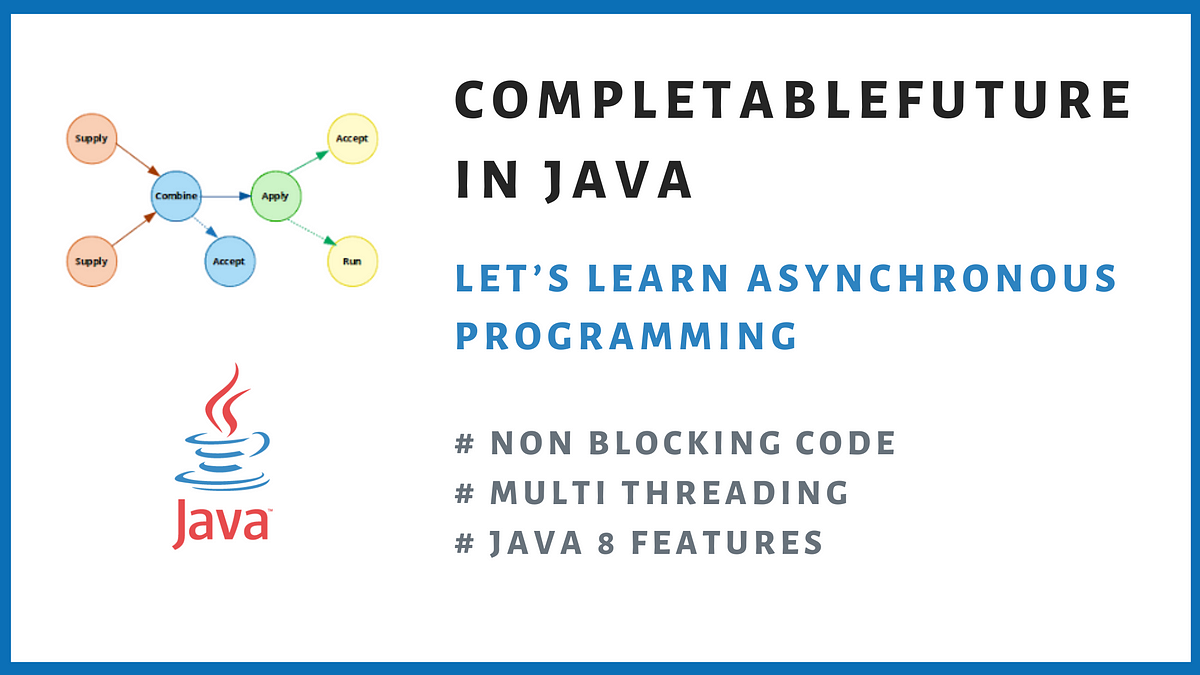
CompletableFuture in Java 11: A Powerful Tool for Asynchronous Programming
Java 11 introduces a plethora of exciting features, and one of the most noteworthy is the improved CompletableFuture class. This class allows developers to write asynchronous code with ease, making it perfect for handling tasks that take an unpredictable amount of time to complete.
What is CompletableFuture?
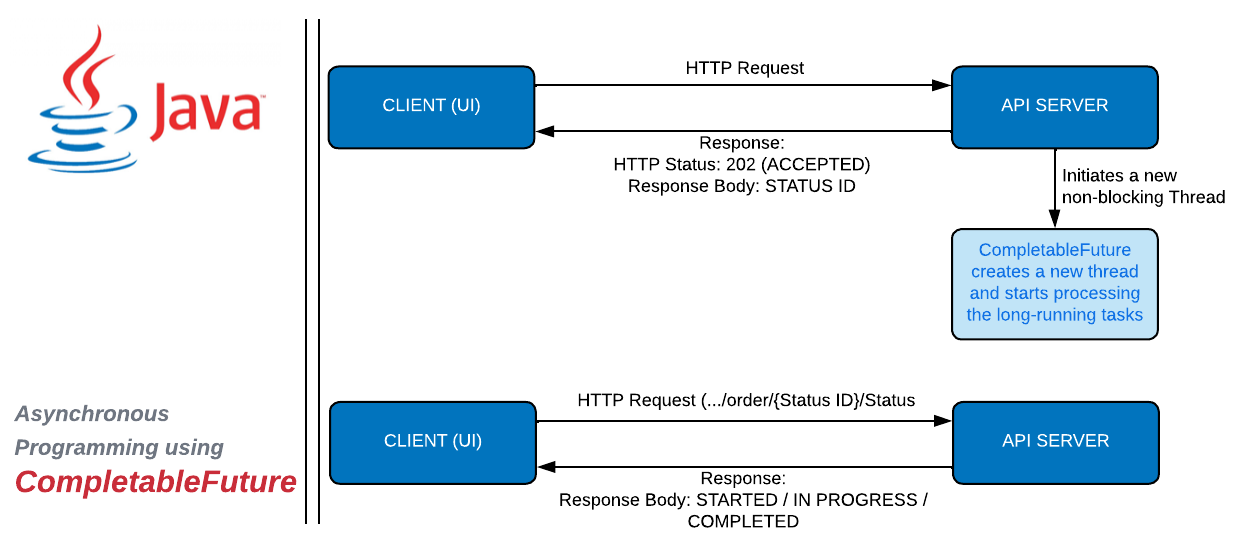
CompletableFuture is a part of Java 8's new Concurrency API, which was designed to simplify and streamline the process of writing concurrent and parallel code. At its core, CompletableFuture represents a task that can be either completed or failed, with an optional value or exception attached.
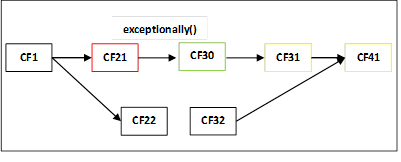
Key Features:
Asynchronous Programming:CompletableFuture enables developers to write asynchronous code that is easy to read and maintain. Chainable Methods: The class provides a range of chainable methods (e.g., thenAccept, thenApply, thenCombine) that allow you to create complex, step-by-step processing pipelines. Error Handling: When an exception occurs, the future will complete with an error value or throw an exception. This simplifies error handling and makes your code more robust. Thread-safe: The class is designed to be thread-safe, making it easy to use in multi-threaded environments.
Common Use Cases:
Web Requests: When sending web requests (e.g., HTTP requests), you can useCompletableFuture to handle the response asynchronously and process it once received. Data Processing: For tasks that involve processing large amounts of data, such as filtering or aggregating data sets, CompletableFuture enables you to do so in parallel. Real-time Updates: If your application needs to update its UI components in real-time (e.g., updating a UI component when new data is received), CompletableFuture provides the necessary tools.
Benefits:
Improved Code Readability: Asynchronous code written withCompletableFuture is often more readable and maintainable than traditional concurrent programming approaches. Reduced Boilerplate Code: The class abstracts away much of the underlying complexity, reducing boilerplate code and making it easier to focus on your application's logic. Increased Flexibility: With CompletableFuture, you can easily create custom execution flows for tasks that require a mix of synchronous and asynchronous processing.
Best Practices:
UsethenAccept Over get(): When dealing with potentially blocking code (e.g., I/O operations), use thenAccept instead of get(). This helps avoid deadlocks and makes your code more robust. Handle Exceptions Properly: Use the provided exception-handling methods to ensure that exceptions are properly handled, avoiding potential issues in your application.
In conclusion, CompletableFuture is a powerful tool for asynchronous programming in Java 11. With its chainable methods and built-in error handling, it simplifies the process of writing concurrent code and makes your applications more robust and scalable.
What is the use case of CompletableFuture in Java?
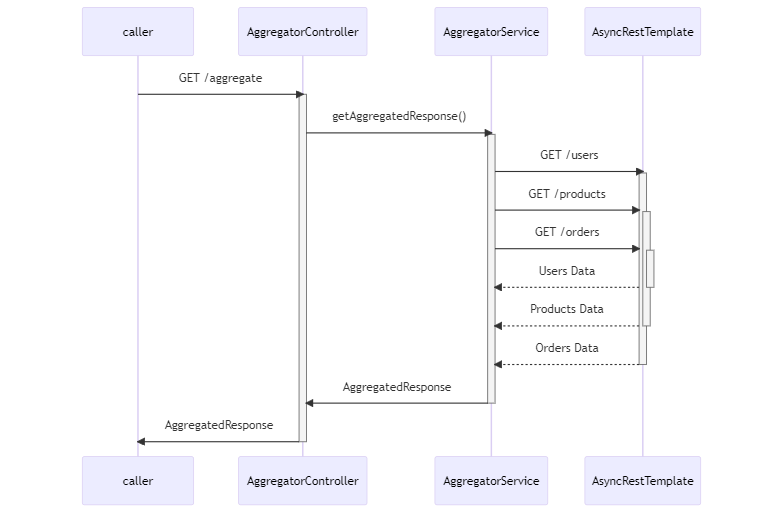
The CompletableFuture class in Java is a part of the Java 8 Concurrency API and is used to handle asynchronous computations that involve callbacks. It provides a way to write asynchronous code that is both readable and maintainable.
Here are some use cases for CompletableFuture:
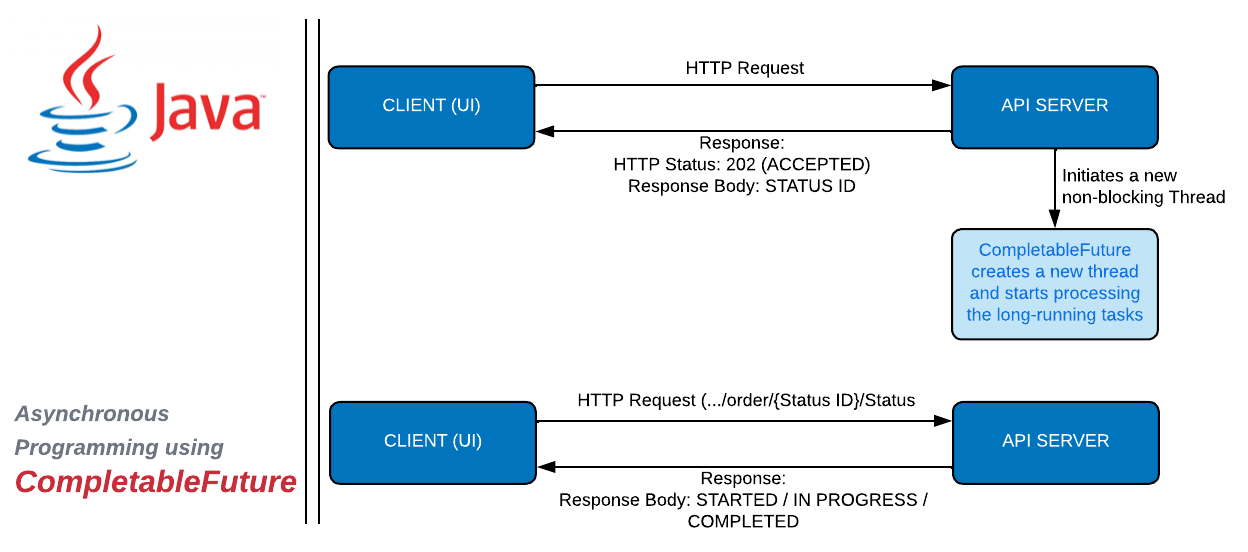
CompletableFuture allows you to handle callbacks in a more readable way by providing a series of methods (e.g., thenApply, thenAccept, etc.) that allow you to specify what should happen when the computation is complete.
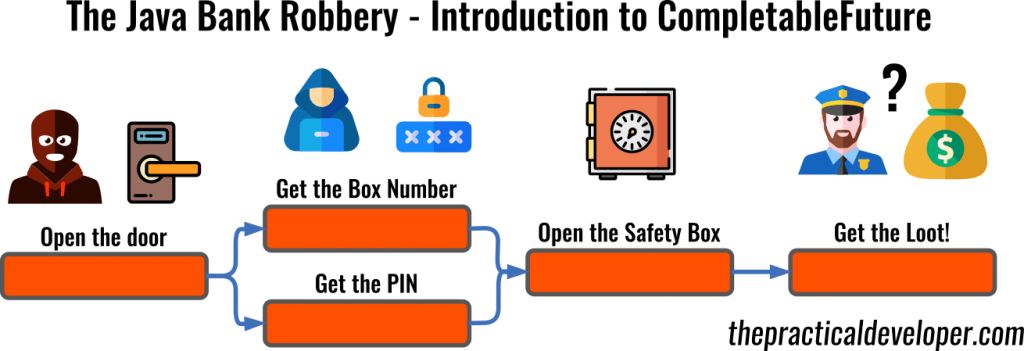
CompletableFuture provides a way to write asynchronous code using lambda expressions or method references, which makes the code more concise and easier to read. Handling Exceptions: When writing asynchronous code, it's important to handle exceptions properly. CompletableFuture provides several methods (e.g., whenComplete, handle, etc.) that allow you to specify what should happen when an exception is thrown during the computation. Composing Computations: CompletableFuture allows you to compose computations by chaining multiple thenApply or thenAccept calls together. This makes it easy to perform complex asynchronous computations in a readable way. Creating Custom Futures: You can also use CompletableFuture to create custom futures that perform specific computations or transformations on the data returned by the computation.
Here's an example of using CompletableFuture to compute the sum of two numbers asynchronously:
import java.util.concurrent.CompletableFuture;public class Main {
public static void main(String[] args) throws InterruptedException {
int num1 = 10;
int num2 = 20;
CompletableFuture future = CompletableFuture.supplyAsync(() -> {
// simulate some computation
Thread.sleep(1000);
return num1 + num2;
});
try {
int result = future.get(); // block until the computation is complete
System.out.println("Result: " + result);
} catch (Exception e) {
System.out.println("An error occurred: " + e.getMessage());
}
}
}
In this example, CompletableFuture is used to compute the sum of two numbers asynchronously. The computation is simulated by sleeping for 1 second, and the result is printed when it's available.
Overall, CompletableFuture provides a powerful way to write asynchronous code in Java that is both readable and maintainable.
